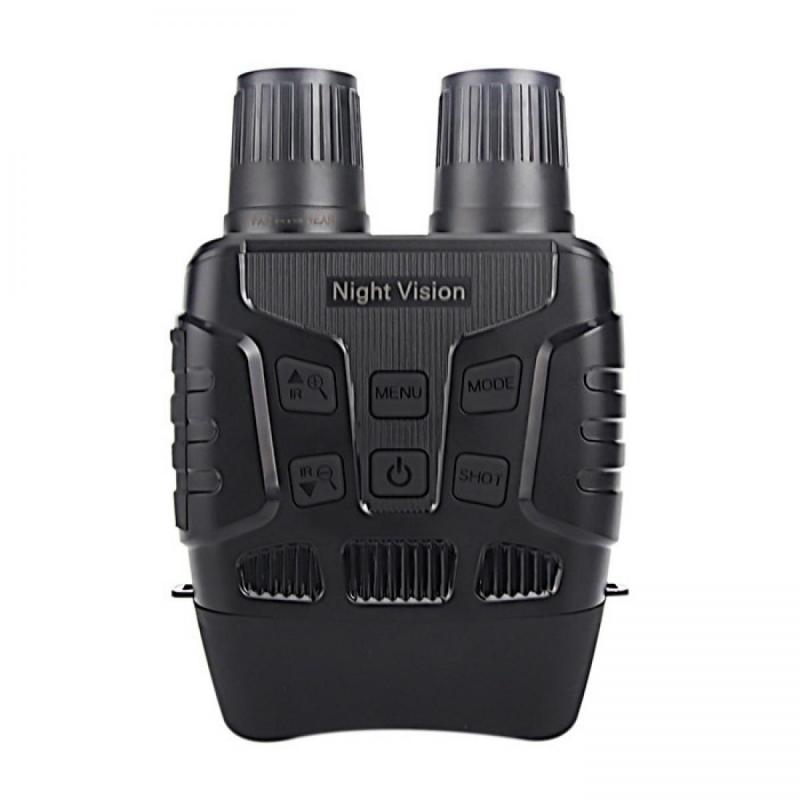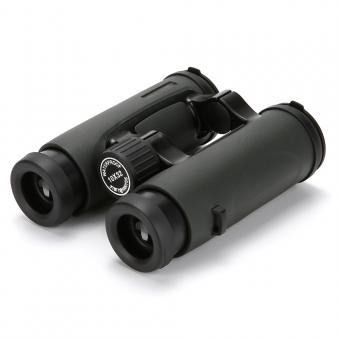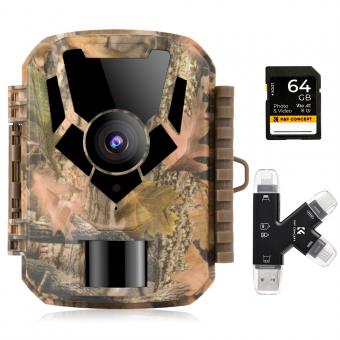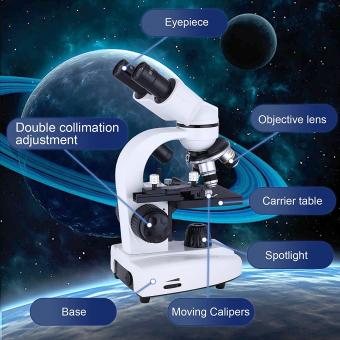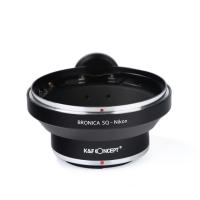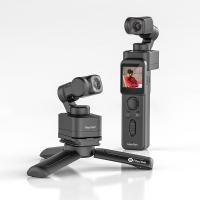What Is Binocular Field Of View ?
Binocular field of view refers to the extent of the observable area when looking through a pair of binoculars. It is typically measured in degrees and represents the width of the scene that can be seen without moving the binoculars. The field of view is influenced by various factors, including the design and magnification of the binoculars. A wider field of view allows for a larger area to be seen at once, making it easier to track moving objects or observe a broader landscape. However, a wider field of view may come at the expense of image quality or magnification power. It is important to consider the field of view when choosing binoculars for specific activities such as birdwatching, hunting, or stargazing, as it can greatly impact the overall viewing experience.
1、 Definition of binocular field of view in optics
The binocular field of view refers to the extent of the observable area that can be seen through a pair of binoculars or other optical devices. It is the angular measurement of the width of the scene that can be viewed when looking through both eyepieces simultaneously.
In optics, the binocular field of view is typically expressed in degrees and can vary depending on the design and specifications of the binoculars. It is determined by factors such as the magnification power, the size of the objective lenses, and the optical system employed.
A wider field of view allows for a larger area to be seen at once, making it easier to track moving objects or observe a broader scene. On the other hand, a narrower field of view may provide more magnification and detail, but at the expense of a smaller observable area.
Advancements in optical technology have led to improvements in the field of view of binoculars. Manufacturers have been able to increase the field of view by utilizing wider eyepieces, optimizing lens coatings, and employing innovative optical designs. These advancements have resulted in binoculars with wider fields of view, providing users with a more immersive and panoramic viewing experience.
It is important to note that the binocular field of view can vary between different models and brands of binoculars. Therefore, it is recommended to consider the field of view when selecting binoculars based on the intended use, such as birdwatching, stargazing, or sports viewing.

2、 Factors affecting binocular field of view
The binocular field of view refers to the extent of the visual field that can be seen simultaneously by both eyes when looking straight ahead. It is the combined field of view from both eyes, allowing for depth perception and a three-dimensional perception of the environment.
Several factors can affect the binocular field of view. One of the primary factors is the interocular distance, which is the distance between the two eyes. A wider interocular distance generally results in a larger binocular field of view, as it allows for a wider range of visual information to be captured by both eyes.
Another factor is the size and shape of the eyes. Individuals with larger eyes may have a wider binocular field of view compared to those with smaller eyes. Additionally, the shape of the eyes, such as the curvature of the cornea, can also influence the binocular field of view.
The visual acuity of each eye is another important factor. If one eye has significantly better visual acuity than the other, it may limit the overall binocular field of view. This is because the brain tends to prioritize the visual information from the eye with better acuity, resulting in a narrower binocular field of view.
Recent research suggests that age-related changes in the eyes, such as presbyopia, can also affect the binocular field of view. Presbyopia is the gradual loss of the eye's ability to focus on nearby objects, and it can lead to a reduced binocular field of view. This is because the eyes may have difficulty converging properly to create a unified image.
In conclusion, the binocular field of view is influenced by factors such as interocular distance, eye size and shape, visual acuity, and age-related changes in the eyes. Understanding these factors can help in assessing and improving the binocular field of view, which is crucial for depth perception and overall visual perception.

3、 Calculation methods for determining binocular field of view
The binocular field of view refers to the extent of the visual field that can be seen simultaneously by both eyes when looking straight ahead. It is an important concept in optics and vision science as it determines the range of vision that can be perceived with binocular vision.
Calculation methods for determining the binocular field of view involve measuring the horizontal and vertical angles of vision for each eye and then combining them to determine the overall binocular field of view. This can be done using specialized equipment such as perimeters or by using mathematical formulas based on the individual's monocular field of view.
The latest point of view on calculating the binocular field of view involves taking into account factors such as eye movements, head position, and the individual's visual acuity. Eye movements play a crucial role in expanding the binocular field of view as they allow for scanning and exploration of the visual environment. Head position also affects the binocular field of view, as slight changes in head tilt or rotation can significantly alter the perceived visual field.
Additionally, the individual's visual acuity, or the sharpness of their vision, can impact the binocular field of view. Those with better visual acuity may have a wider field of view as they can perceive finer details at the periphery of their vision.
Overall, the calculation methods for determining the binocular field of view continue to evolve as researchers gain a better understanding of the complex interplay between eye movements, head position, and visual acuity. These advancements contribute to a more accurate assessment of an individual's binocular field of view, which has implications for various fields such as optometry, ophthalmology, and virtual reality technology.
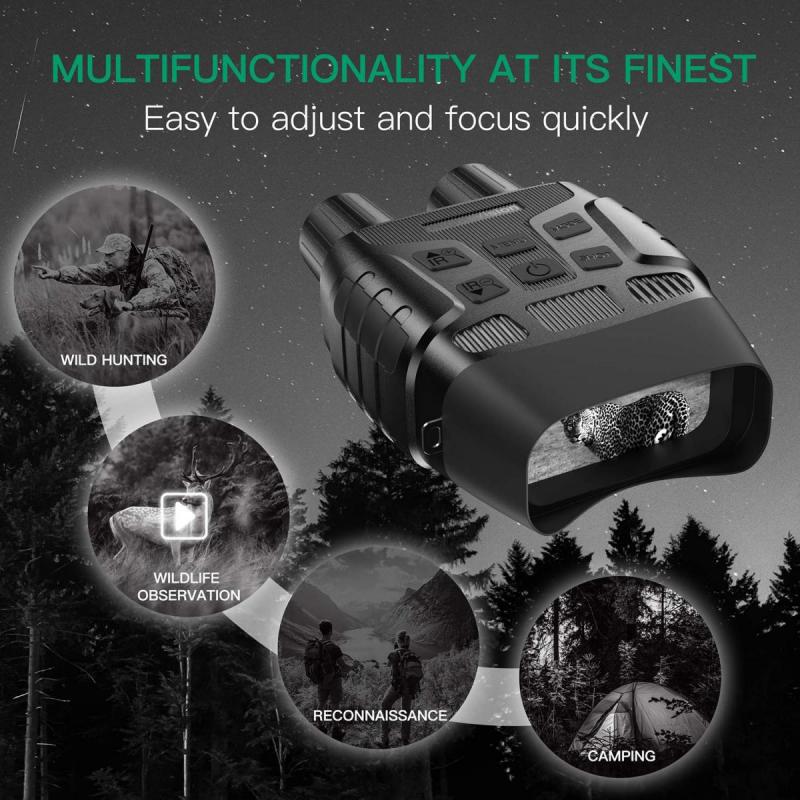
4、 Differences between angular and linear binocular field of view
The binocular field of view refers to the extent of the visual field that can be seen simultaneously by both eyes when looking straight ahead. It is the combined field of view from both eyes and is typically measured in degrees. The binocular field of view is important for activities that require depth perception and peripheral vision, such as driving, sports, and navigating through crowded environments.
The differences between angular and linear binocular field of view lie in the way they are measured and the information they provide. Angular field of view refers to the extent of the visual field in terms of angles, specifically the maximum angle that can be seen from the center of fixation. It provides information about the width and height of the visual field.
On the other hand, linear field of view refers to the extent of the visual field in terms of linear measurements, such as meters or feet. It provides information about the distance that can be seen from side to side or top to bottom.
The latest point of view regarding the differences between angular and linear binocular field of view is that both measurements are important and complementary. While angular field of view provides information about the extent of the visual field in terms of angles, linear field of view provides information about the actual distance that can be seen. Therefore, both measurements are necessary to fully understand the visual capabilities of an individual or a device.
In conclusion, the binocular field of view is the combined visual field that can be seen by both eyes. Angular and linear field of view differ in terms of measurement and the information they provide. Both measurements are important and should be considered together to gain a comprehensive understanding of the visual capabilities.
